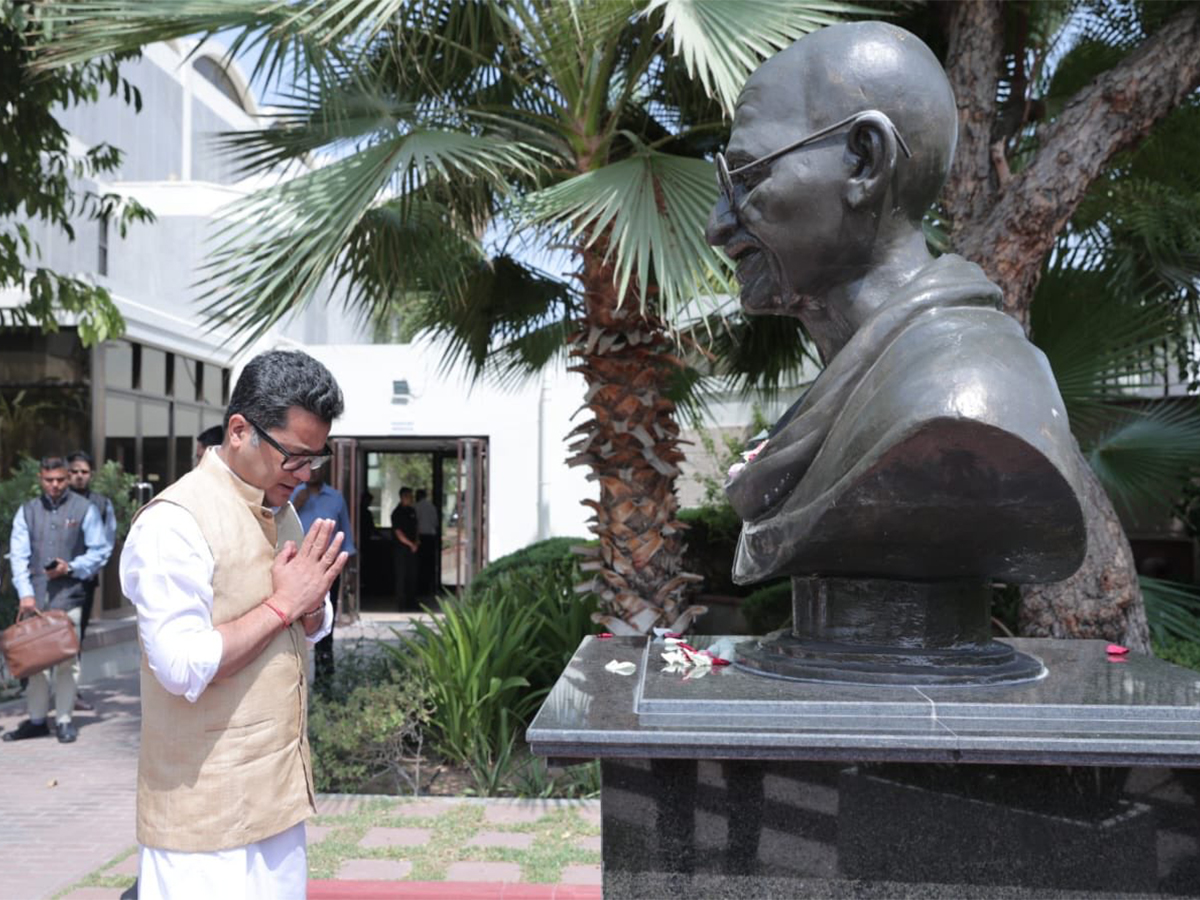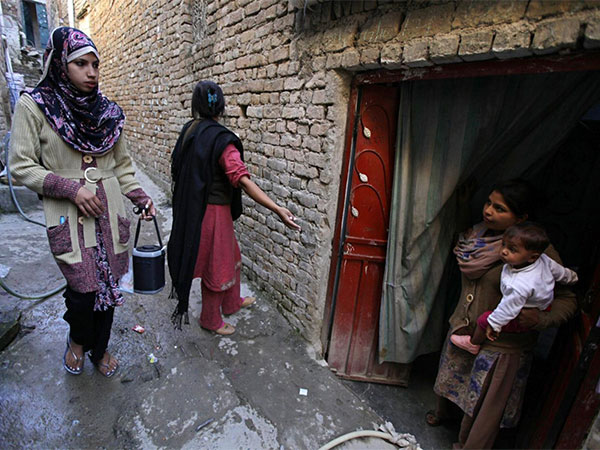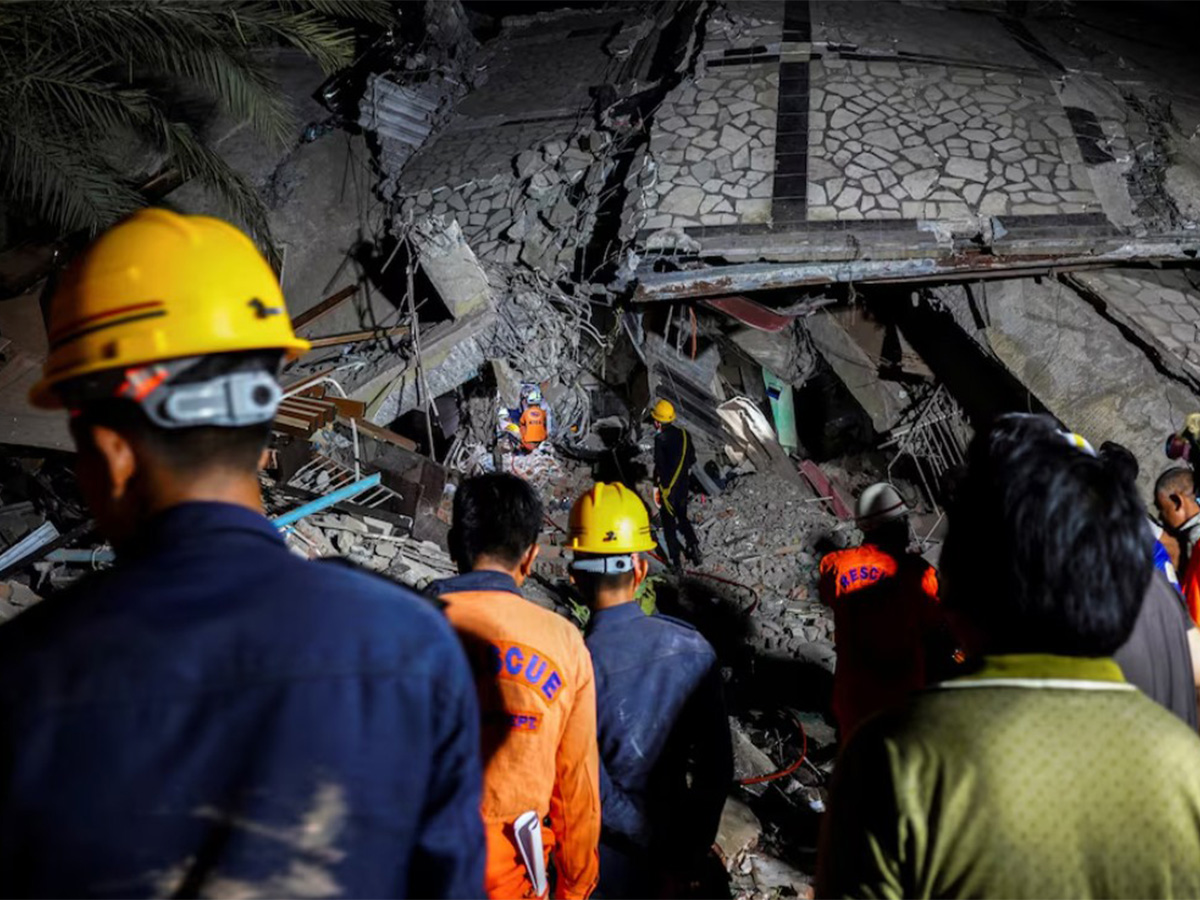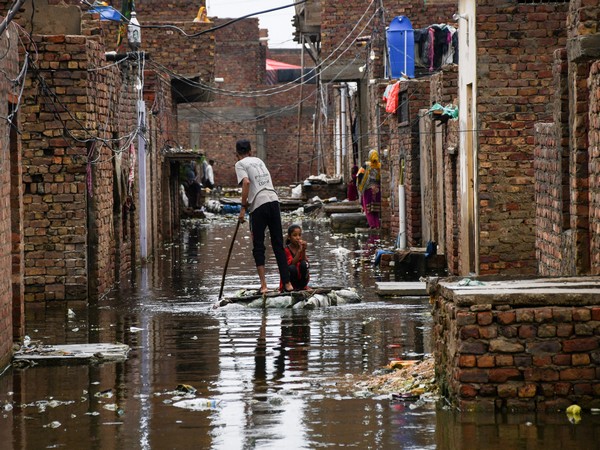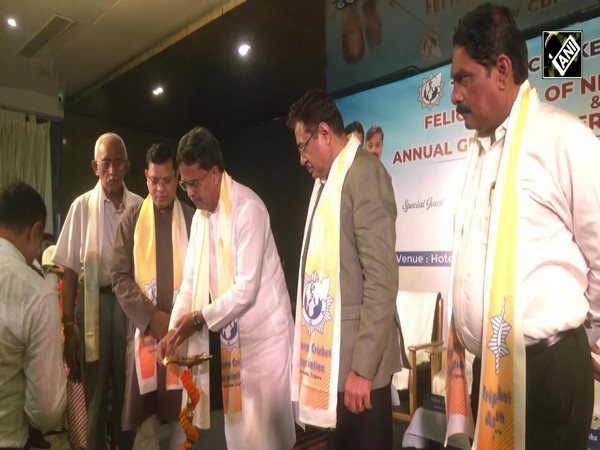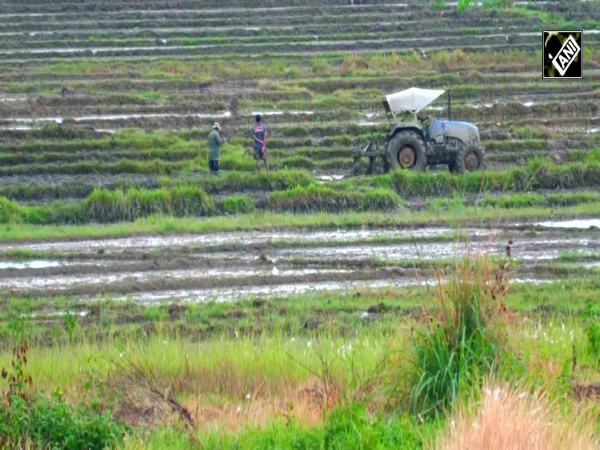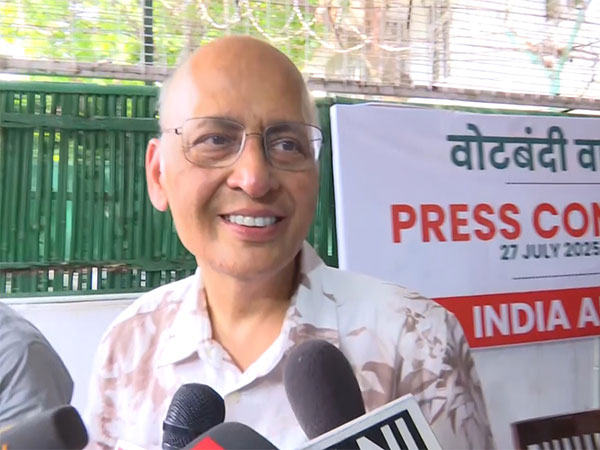
Earthquake of magnitude 3.7 strikes Tibet
Jul 27, 2025
Tibet, July 27 : An earthquake of magnitude 3.7 struck Tibet on Sunday, a statement by the National Center for Seismology (NCS) said.
As per the statement, the earthquake occurred at a shallow depth of 5km, making it susceptible to aftershocks.
In a post on X, the NCS said, "EQ of M: 3.7, On: 27/07/2025 14:43:17 IST, Lat: 33.81 N, Long: 79.40 E, Depth: 5 Km, Location: Tibet."
https://x.com/NCS_Earthquake/status/1949403025065545971
Earlier on July 24, another earthquake of magnitude 3.6 struck the region at a depth of 10 km.
In a post on X, the NCS said, "EQ of M: 3.6, On: 24/07/2025 02:51:11 IST, Lat: 28.53 N, Long: 89.83 E, Depth: 10 Km, Location: Tibet."
https://x.com/NCS_Earthquake/status/1948134292426768842
Shallow earthquakes are generally more dangerous than deep earthquakes. This is because the seismic waves from shallow earthquakes have a shorter distance to travel to the surface, resulting in stronger ground shaking and potentially more damage to structures and greater casualties.
The Tibetan Plateau is known for its seismic activity due to tectonic plate collisions.
Tibet and Nepal lie on a major geological fault line where the Indian tectonic plate pushes up into the Eurasian plate, and earthquakes are a regular occurrence as a result of it. The region is seismically active, causing tectonic uplifts that can grow strong enough to change the heights of the Himalayas' peaks, noted Al Jazeera.
"Education about earthquakes and earthquake-resilient buildings combined with funding for retrofits and resilient structures can help protect people and buildings when strong earthquakes occur," Marianne Karplus, a seismologist and geophysicist, told Al Jazeera.
"The earth system is very complex, and we cannot predict earthquakes. However, we can conduct scientific studies to better understand what causes earthquakes in Tibet and to better understand the shaking and impacts resulting from earthquakes," Karplus, who is a professor of geological sciences at the University of Texas at El Paso, told Al Jazeera.

